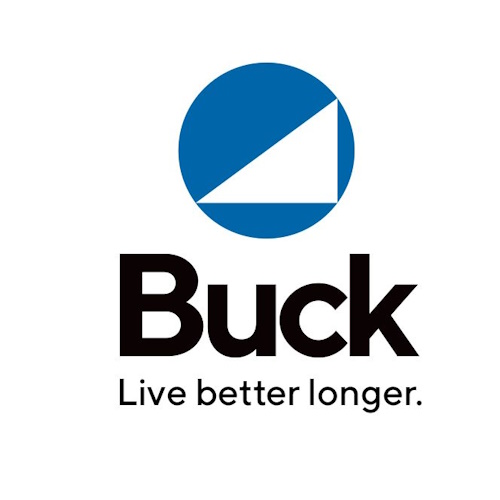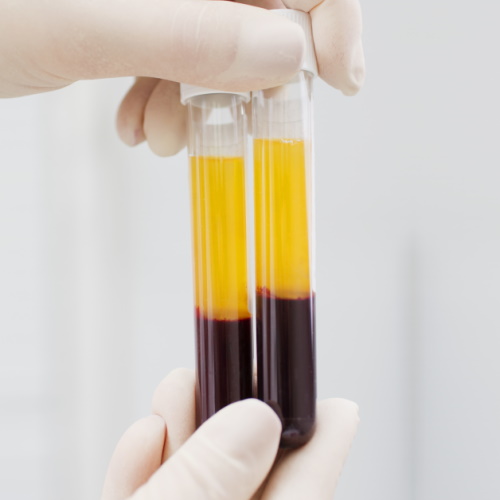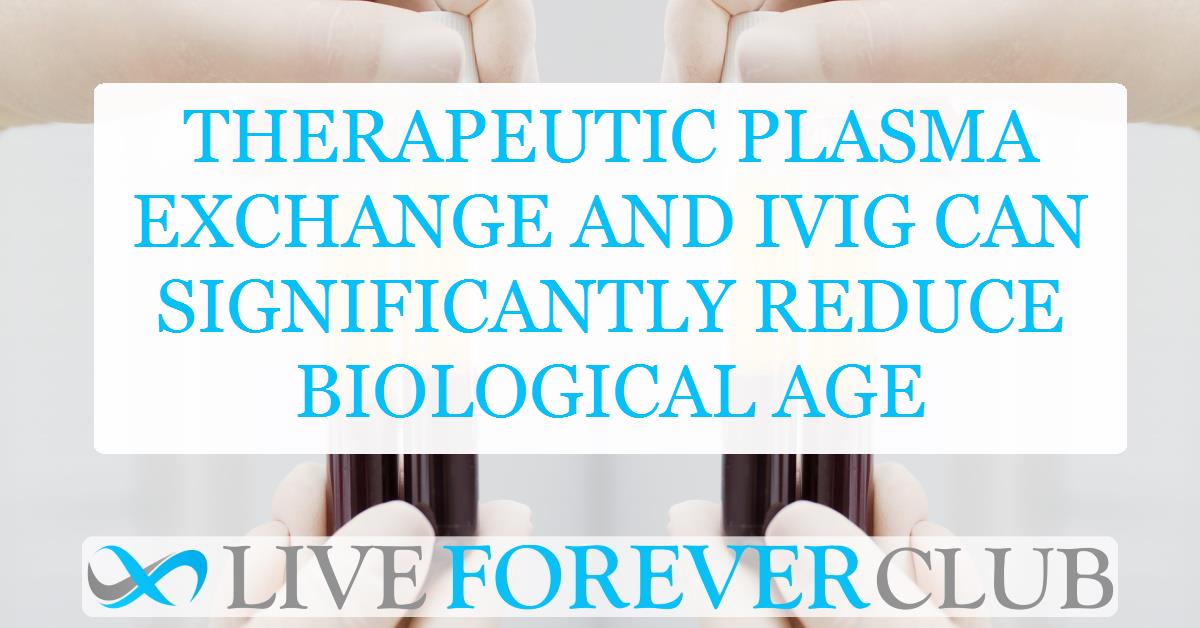As the global population continues to age, the quest for extending healthspan—living healthier for longer—has never been more urgent. With age being the most significant risk factor for chronic diseases, the need for interventions that can effectively slow or reverse biological aging is critical. Recent research suggests that we might be on the verge of a breakthrough, thanks to the promising combination of therapeutic plasma exchange (TPE) and intravenous immunoglobulin (IVIG).
What is biological age?
Biological age differs from chronological age. While chronological age is simply the number of years since birth, biological age reflects how old our cells and tissues really are, influenced by genetics, lifestyle, and environmental factors. Aging at the cellular level increases the risk of developing age-related diseases such as cardiovascular disease, diabetes, and neurodegenerative conditions. Therefore, reducing biological age could potentially improve health outcomes and extend the healthy years of life.
Therapeutic plasma exchange (TPE)
Therapeutic plasma exchange (TPE) is a procedure that involves removing plasma from the blood and replacing it with a substitute, often albumin or fresh plasma. Initially developed to treat conditions like Macroglobulinemia, TPE has been found to have various medical benefits. Most recently, it has been explored as a method to slow down or even reverse biological aging.
TPE works by filtering out harmful substances from the blood, including inflammatory molecules and proteins that may accumulate with age. These substances contribute to the aging process and the onset of chronic diseases. By removing them, TPE can potentially "reset" the body’s internal environment to a more youthful state.
Power of IVIG
Intravenous immunoglobulin (IVIG) is a treatment made from the pooled plasma of thousands of blood donors. It contains antibodies that help the immune system fight infections and inflammation. When combined with TPE, IVIG enhances the body’s ability to rejuvenate at the cellular level. The research conducted by the Buck Institute for Research on Aging has shed light on the synergistic effects of these two therapies.
Multi-omics analysis
A recent study conducted a phase 3 controlled clinical trial to investigate the effects of different TPE modalities, with and without IVIG, on biological age.
The study involved 30 participants who were divided into three groups: a monthly TPE group, a biweekly TPE group, and a biweekly TPE + IVIG group. The research utilized a multi-omics approach, which involves analyzing various molecular and cellular components, including the epigenome, proteome, metabolome, glycome, and immune cell composition.
Biological age rejuvenation
The study revealed that TPE, especially when combined with IVIG, has a significant impact on reducing biological age. The participants who received biweekly TPE + IVIG showed the most substantial reduction in biological age, with an average decrease of 2.61 years. In comparison, the monthly TPE group experienced an average reduction of 1.32 years, while the biweekly TPE group had less pronounced effects.
The researchers measured biological age using 35 different epigenetic clocks, which are tools that assess age-related changes in DNA methylation patterns. These clocks are among the most accurate methods for estimating biological age. The study found that TPE + IVIG treatment led to a notable decrease in age acceleration, particularly in the system’s age clocks, which measure the aging of various physiological systems in the body.
How TPE and IVIG work
To understand the underlying mechanisms of this rejuvenation, the researchers conducted a detailed multi-omics analysis. They found that the TPE + IVIG treatment induced widespread changes across various biological systems. For example, the study observed significant shifts in immune cell composition, with an increase in CD8 and CD4 naive T cells, which are typically associated with a youthful immune system. There was also a reduction in the levels of natural killer (NK) cells and monocytes, which tend to increase with age.
In addition to immune system changes, the researchers identified alterations in the glycome and proteome. Glycomics revealed changes in 33.3% of the glycans measured, while proteomics identified 61 proteins that were significantly correlated with the rejuvenation effects. These proteins are involved in critical biological processes such as immune response activation, the complement cascade, and cell-cell adhesion.
Interestingly, some of the proteins that increased in abundance with TPE + IVIG treatment were also upregulated in senescent cells. This finding suggests that while these proteins are associated with aging, they may also play a role in tissue regeneration and wound healing.
Predicting the best responders
An important aspect of the study was identifying which individuals responded best to the treatment. The researchers found that baseline levels of certain clinical markers, such as bilirubin, glucose, and alanine aminotransferase (ALT), were predictive of a more significant response to TPE + IVIG. High levels of these markers, which are often indicative of poorer health, correlated with greater reductions in biological age. This suggests that individuals with compromised health may benefit the most from this treatment.
Implications and future directions
The findings from this study are groundbreaking, providing the first evidence in humans that TPE combined with IVIG can reduce biological age. However, the researchers caution that more research is needed to fully understand the long-term effects of this treatment. Future studies should focus on optimizing the treatment regimen, minimizing potential rebound effects, and identifying the individuals who are most likely to benefit from the therapy.
In conclusion, the combination of TPE and IVIG holds great promise as a therapeutic strategy to rejuvenate biological age and improve healthspan. As research in this field advances, we may be one step closer to unlocking the secrets of the fountain of youth, offering hope for a future where aging is not synonymous with decline but rather a stage of life that can be lived in good health.
The research was led by David Furman from Buck Institute for Research on Aging. The study is published in the MedRxiv.








